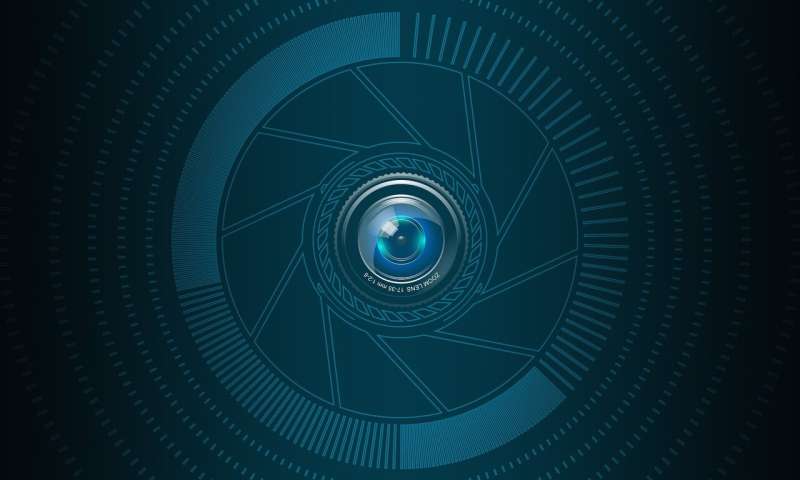Surveillance testing turns tables on COVID-19 detection

Wright-Patterson Air Force Base is maintaining its fight against COVID-19 with the Air Force vice chief of staff-directed implementation of Tier-4 surveillance testing, geared toward the detection and isolation of coronavirus.
Tier-4 surveillance testing was to be executed at a rate of 10 percent of the installation's population per week. Risk-informed decisions can then be made by leaders while ensuring mission success.
"The goal of Tier-4 surveillance testing is to monitor population-level trends of COVID-19 at the Department of the Air Force level," said Lt Col. Michael Crowder, Public Health emergency officer.
This testing, completed by the 711th Human Performance Wing Genomics lab, is a phased, periodic process that randomly selects and tests individuals who are not experiencing or showing COVID-19 symptoms. Wright-Patt will accomplish it through a process referred to as "pooled-testing."
"Data shows that roughly 40 percent of COVID-19 infections are asymptomatic. So understanding the threat at our specific installation arms us with the necessary information to dial in additional mitigation measures if we see an uptick," said Col. Patrick Miller, 88th Air Base Wing commander.
Further information that aids in mitigation measures at Wright-Patt comes from working with the surrounding communities.
During a "The Coalition to Stop the Spread" Zoom meeting on Wednesday, Miller along with various community leaders and ambassadors, discussed additional actions that will help prevent the spread of the coronavirus in the workplace and community overall. The Tier-4 surveillance testing being performed at Wright-Patt, coupled with robust community action efforts, will strengthen attempts to detect asymptomatic cases and ultimately lead to containment of the virus.
Wright-Patt's testing method combines several individual samples into a single "pooled" batch to maximize lab-resource efficiency. If a batch indicates a positive result, each sample within it will be individually tested in order to detect the positive individual sample.
"Even members with a positive sample and no symptoms will require at least 10 days of isolation from the day the sample was taken. Those positive members should expect a phone call from their health-care provider or Public Health," Crowder said.
Base officials say testing will initially be conducted every two weeks in high-density work areas, which could yield high concentrations of coronavirus if left undetected.
"Beginning with permanent dorm residents, Public Health and COVID-19 screening teams are working in conjunction with first sergeants and Airmen dorm leaders to identify dorm residents, (from) which Public Health will generate a random list of people to be tested," Miller said.
Currently, the testing process only includes active duty, but may be expanded to include different populations.
As testing capabilities and capacity increase, the sampling pool may eventually include the entire Wright-Patt workforce, as this is another layer and safeguard measure.
"When a positive pool is identified, the confirmatory testing is performed by the USAF School of Aerospace Medicine Epidemiology lab," Crowder said. "The turnaround time for the testing is variable given manpower, supplies and the workload—which is extremely high right now given the surge."
Base officials highly encourage all those selected to participate, which will yield a better assessment of the coronavirus prevalence in these populations.
Ultimately, all protective measures and testing work in conjunction to provide safe and healthy work environments, to include wearing facial coverings, physical distancing, extra handwashing, maximizing telework, and staying home if you are not feeling well or have been identified as a close contact, base officials said.
"Surveillance testing is simply one more tool to ensure the installation is safe and the mission is secure," Miller added. "If you are selected, I encourage you to get tested. We are in this together."





















